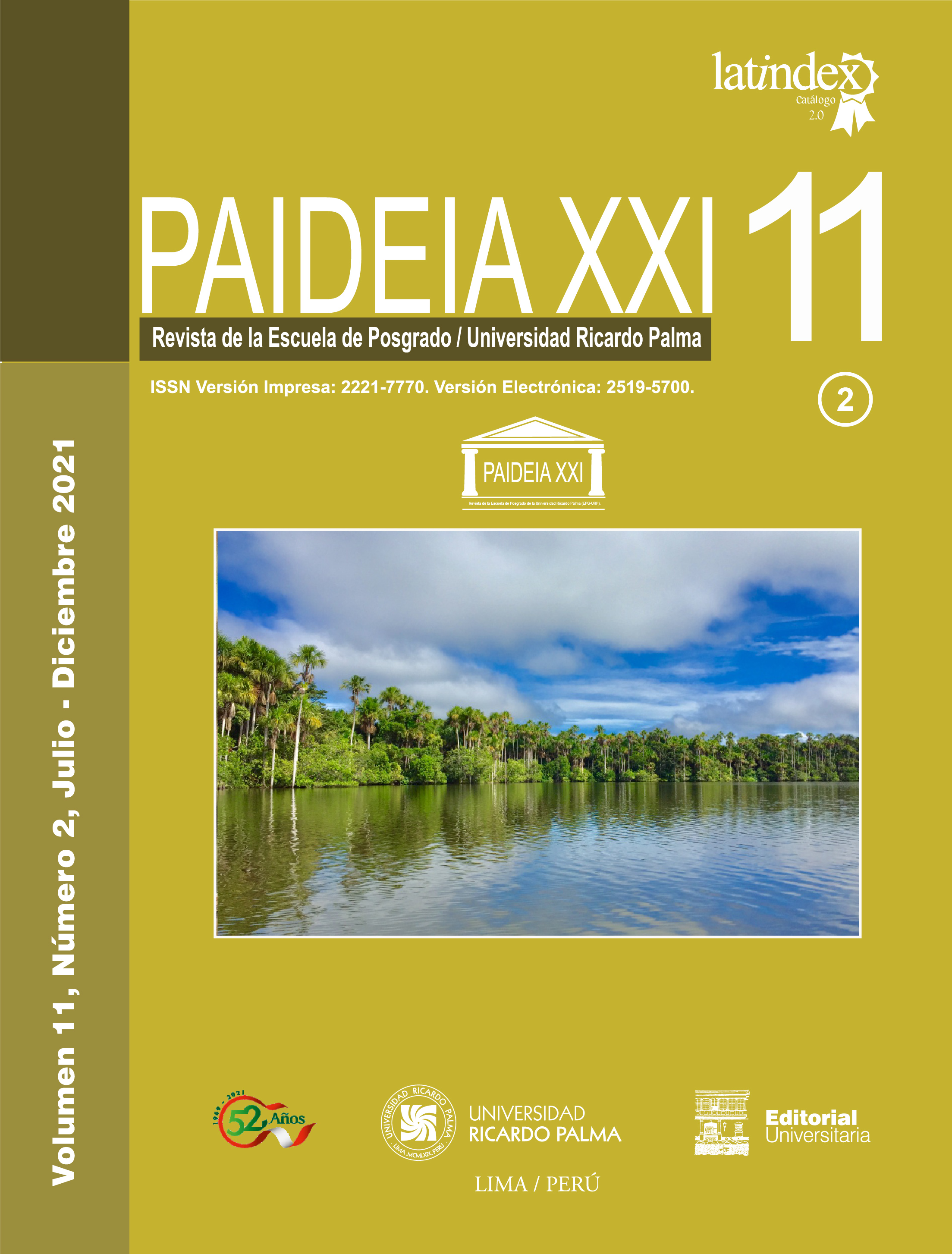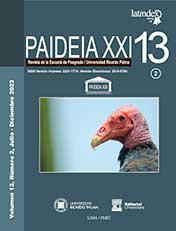MUNICIPAL SOLID WASTE IN THE POPULATED CENTER OF MADEÁN, MADEÁN DISTRICT, YAUYOS PROVINCE, LIMA REGION, PERU IN A TIME OF COVID-19 PANDEMIC
DOI:
https://doi.org/10.31381/paideia.v11i2.4038Abstract
In the COVID-19 pandemic, the generation and composition of municipal solid waste could vary. This study investigated the quantity and composition of municipal solid waste in times of the COVID-19 pandemic in the Madeán Town Center, Madeán District, Yauyos Province, Lima Region, Peru. The total solid waste was separated into eight fractions: paper / cardboard, plastics, organic, textile/leather, metals, electricity/electronics, glass, and others. Its percentage composition by weight was determined for six weeks between September and October 2020. The results showed that the average amount of weekly solid waste was 466.46 Kg ± 82.99 Kg. Regarding the composition, the organic fraction represents the largest part with 75.07%. In addition, in the Populated Center far from the capital, there is evidence of a minimal generation of bio contaminated waste, with a weekly average of 0.3 Kg ± 0.13 Kg, and 1.82 Kg collected throughout the study in the COVID-19 pandemic season. On the other hand, single-use plastics and disposable papers represent a large percentage compared to the recyclable part. In conclusion,the organic fraction exceeds the percentage of various studies in Peru concerning the pre- COVID-19 era. However, the bio contaminated waste generated is minimal; single-use plastics and disposable papers were higher than the recyclable part. Therefore, changes in the consumption of the inhabitants have impacted changes in the composition of solid waste.
Keywords: biocontamination – organic fraction – plastic – recyclable












